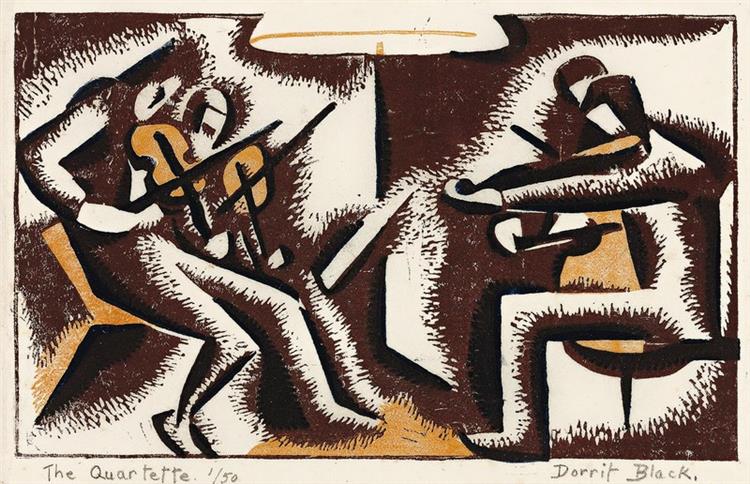Just another WordPress.com weblog
Month: January, 2024
___________
o, I said, when my flute teacher, an art I’d taken up
too late in life, presented me with a piece I should
learn to play, the second movement of Haydn’s
adagios always remind me of John, I’d read, at
a modest ceremony of remembrance for him,
from a text I’d prepared, which prophetically,
transcendentally, connected me with a
cornucopia of adagios, I’d sought them out,
been consoled, repaired, eventually inspired,
by them, Haydn’s Opus 76, no.1, movement
two, had been a total shoe-in
Haydn is where the history of string quartets
starts in the West, they existed before, but
not formally as a musical format, became
thereafter, however, an identifiable category,
and consequently, imitated
the string quartet, a piece of music written
for four instruments, all string traditionally,
two violins, a viola, and a cello, playing
more than one segment of music,
Classically three, then becoming four,
became a structure that has not even
nowadays lost its appeal, though the
individual combinations might’ve
significantly, since, been altered
Haydn wrote 68 string quartets, which
established him as their spiritual father,
all string quartets devolve from him,
including Beethoven‘s, those of
marvel
R ! chard
in E-flat minor, Op. 144, incidentally, let me tell you
about its meaning for me, it has six movements, all
adagio – adagios, markedly, always remind me of
John – I’d been flipping through albums, back in the
Nineties, when albums still sold in that format in
record stores, I happened to land on a piece with
not one, not two, nor three, nor four, nor even five,
but six adagios, John had died only a few months
earlier, mid 1989, here was something I could sink
my teeth into, my being, something that could
really envelop me
Shostakovich famously asked the quartet who
would give the first performance of the piece,
in Moscow, January 11, 1975, to play its first
movement “so that flies drop dead in mid-air
and the audience start leaving the hall from
sheer boredom.”, so be warned, it is not
effervescent, this is not Mozart
but it was everything, then, that I could’ve
wanted
R ! chard

_____
context of my exploring quartets historically, it became
evident to me that Messiaen must’ve been profoundly
influenced by Beethoven’s earlier piece, by over a
hundred years, 1826, 1941, they are so similar
both have a significantly greater number of movements,
beyond the traditional three or four, seven for Beethoven,
Messiaen eight, contrary to the seven I mistakenly
no matter, the extension in either suggests a
longer exploration of the subject, the ebb and
flow of tempo will inadvertently suggest a
trajectory, an elaboration, wth chapters,
perspectives, which is to say, movements,
a journey
the Beatles did the same thing when they put
out Sergeant Pepper, you’ll remember, the
original concept album, to supplant hit singles,
an entirely other, however pertinent, story
both pieces are mournful, strident, suppliant,
Classical imperatives are being tested,
tonality, tempo, repetition
Messiaen, you’ll note, has a less conversational
line, his musical progressions are not linear, but
impressionistic, more textural than Beethoven,
who is more literal, every note is an element, a
noun, an adjective, a verb, in a rational
statement, a sentence
both are, however, saying the same thing, with
equal emotional, and even philosophical, ardour,
just from different corners of our Western cultural
universe, transcending time, meanwhile, and
space, the reach, however nebulous, of our,
nevertheless ever inspired, ancestry
listen
R ! chard